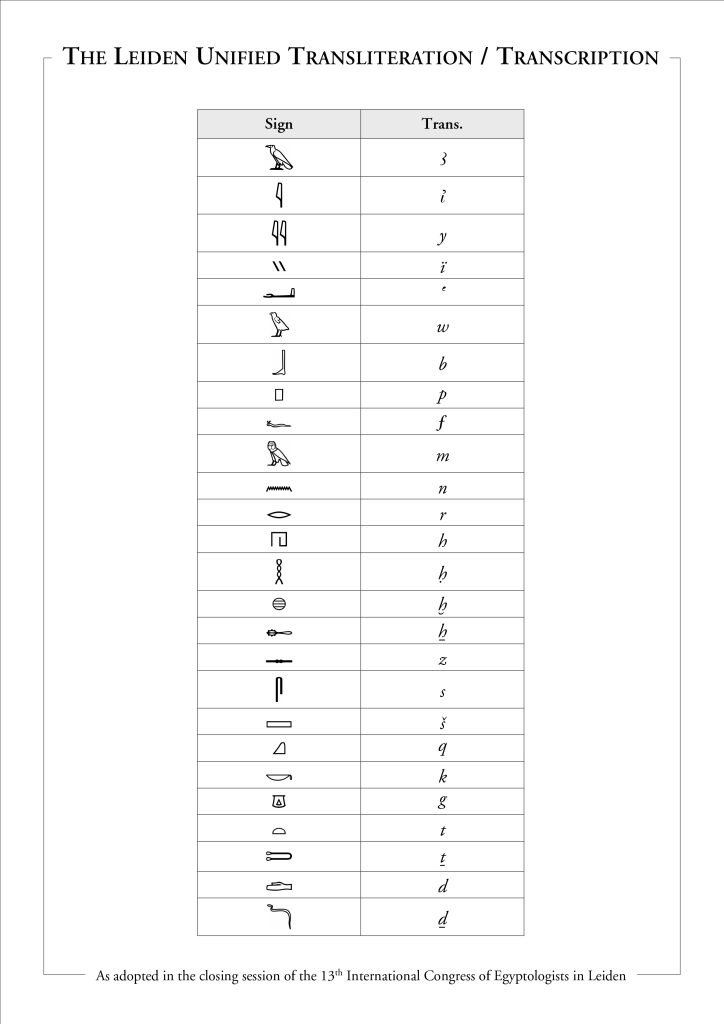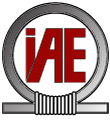At the 13th International Congress of Egyptologists, a standardised transliteration of the Ancient Egyptian language was established.
The Leiden Unified Transliteration/Transcription has been accepted by the members of the International Association of Egyptologists as the new standard in the transliteration/transcription of the Ancient Egyptian language.
The theme of the 13th ICE in Leiden was the Future of Ancient Egypt. In order to make progress in one of the major problems in the field, the congress’ president, Olaf Kaper, came together with Professor Joachim Quack (University of Heidelberg) in order to convene a special workshop on the topic of transliteration.
A number of specialists in the Egyptian language were invited from different countries and representing a number of different projects or databases in relation to the Egyptian language, including all its phases from the earliest texts up to Demotic. The lack of standardization of transliteration/transcription practices in Egyptology is generally recognized to be a problem, especially with the growing importance of digital tools and the increasing need for other disciplines to have access to Egyptological data. For students of Egyptian, the different systems in use also provide an unnecessary obstacle.
The following fifteen individuals participated in the meeting on 8 August 2023:
- Olaf Kaper, Leiden University; ICE (convener)
- Joachim Quack, University of Heidelberg; DPDP (convener)
- James Allen, Brown University
- Mark Depauw, Leuven University; Trismegistos
- Ola el-Aguizy, Cairo University
- Sara Gebhardt, Universities of Munich and Leiden, student member and secretary
- Orly Goldwasser, Hebrew University of Jerusalem; iClassifier
- Jorke Grotenhuis, Hebrew University of Jerusalem; Unicode project
- Fredrik Hagen, University of Copenhagen
- Stéphane Polis, University of Liège; TSL
- Chris Reintges, CNRS Paris
- Tarek Tawfik, Cairo University; President of the IAE
- Huw Twiston Davies, University of Manchester
- Ursula Verhoeven-van Elsbergen, Mainz University; AKU
- Daniel A. Werning, Berlin-Brandenburg Academy of Sciences; TLA
Contrary to expectations, our meeting arrived at a number of conclusions, and most notably, a new transliteration was established of the uniliteral signs. Care was taken to let the new standard in the transliteration agree as closely as possible with what most Egyptologists already use so that the agreement would have a chance to be accepted by all. Everyone in the meeting subscribed to the new transliteration. The results were presented to the general assembly of the IAE at the closing session of the ICE, and the members of the IAE voted to accept the new transliteration, which was handed out following its adoption by the members of the IAE. It is a first step in compiling a common system of transcription, which the same working group has been mandated to continue working on in the coming 12 months. Several details still need to be worked out, such as the use of diacritics (brackets and dots), the possible abandonment of capital letters, the possible systematic inclusion of the final weak radical of verbs, and other matters. With the present document, the basis for such a common system has been laid, which should be adopted by all Egyptologists in current databases and applied in all future text editions and publications about the Egyptian language.
We will soon add the Unicode values for all signs, and a new version of the font Trlit_CG Times is being prepared. An article will be prepared, including the working group’s considerations, which will be published open access in the coming weeks.
Olaf Kaper, 12 August 2023

